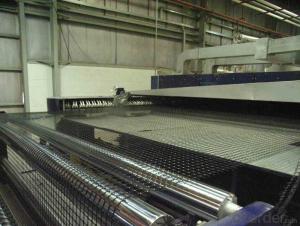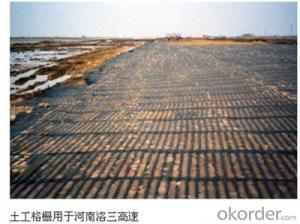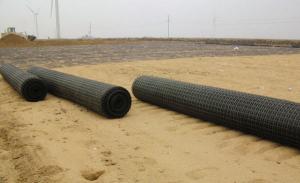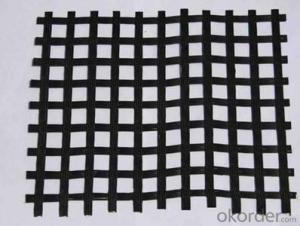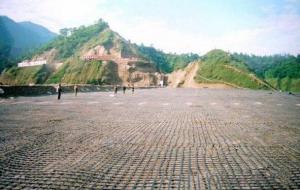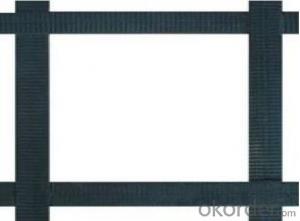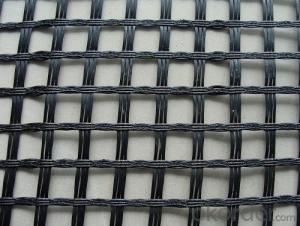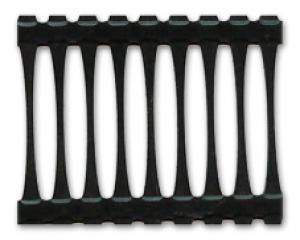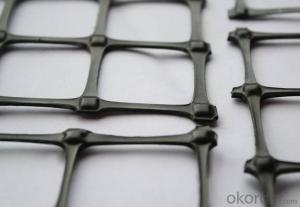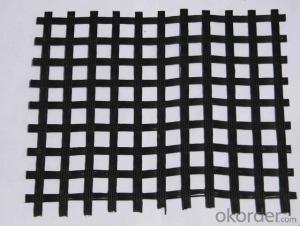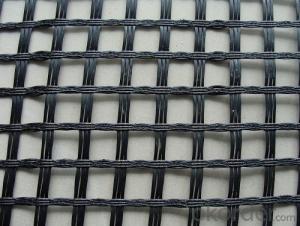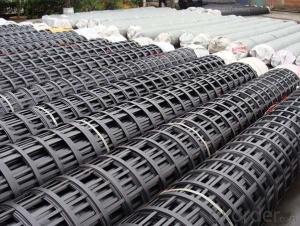Geogrid Tx160
Geogrid Tx160 Related Searches
Fridge With Freezer On Bottom Driveway Pillars With Lights Blu Ray Player With Recorder Blu Ray Player With Internet Geogrid In Retaining Walls 1708 Biaxial Fiberglass Tape Pullout Resistance Of Geogrid Geogrid Warp Knitting Machine Srw 3 Series Geogrid Biaxial Plastic GeogridHot Searches
Fiberglass Scaffolding For Sale Fiberglass Panels For Sale Fiberglass Greenhouses For Sale Geogrid Fabric For Sale Gas Powered Core Aerator For Sale Revolution 4 Propeller For Sale Alabaster Carving Stone For Sale Geogrid For Sale Near Me Tensar Geogrid For Sale Geogrid For Sale Ex Display Log Cabins For Sale Photoelectric Cells For Sale Athletic Lockers For Sale Cubicle Partitions For Sale Stearman Propeller For Sale Palram Greenhouses For Sale Gumbo Bowls For Sale Suzuki Propellers For Sale Freight Crates For Sale Outhouse Sheds For SaleGeogrid Tx160 Supplier & Manufacturer from China
Okorder.com is a professional Geogrid Tx160 supplier & manufacturer, offers integrated one-stop services including real-time quoting and online cargo tracking. We are funded by CNBM Group, a Fortune 500 enterprise and the largest Geogrid Tx160 firm in China.Hot Products
FAQ
- What is the minimum net size of geogrid mesh Center
- The specific requirements of the customer to see there needs, like glass fiber and polyester, there are two types, one large and one small, mesh size and steel PP welding can be adjusted, the specific requirements of the customer to see what kind of need, generally according to their requirements to do this.
- Yes, geogrids can be used in the reinforcement of dams and levees. Geogrids are high-strength, synthetic materials that are specifically designed to improve the stability and strength of soils. They are commonly used in civil engineering projects, including the reinforcement of dams and levees, to enhance the structural performance and increase the overall safety of these structures. Geogrids can effectively distribute loads, reduce soil erosion, and improve the overall stability of the embankments, making them a suitable choice for reinforcement in dam and levee construction.
- Yes, geogrids are effective in preventing soil erosion on slopes without vegetation. Geogrids are synthetic materials that are designed to reinforce and stabilize soil, providing structural support to prevent erosion. They are commonly used in areas where vegetation is not present or cannot be established, such as construction sites or steep slopes. Geogrids improve soil stability, distribute load forces, and enhance water drainage, effectively reducing soil erosion.
- The factors that affect the installation and survivability of geogrids in harsh environments include the quality of the geogrid material, proper installation techniques, the severity of the environmental conditions, and the level of maintenance and monitoring. The choice of a high-quality geogrid material that can withstand the specific conditions is crucial. Proper installation techniques, such as adequate compaction, correct anchoring, and suitable soil preparation, ensure the geogrid's stability and longevity. The severity of the environmental conditions, such as extreme temperatures, high winds, or corrosive elements, can also impact the geogrid's performance. Regular maintenance and monitoring, including inspections and timely repairs, are essential to enhance the survivability of geogrids in harsh environments.
- Geogrids enhance the stability of railway track embankments by providing reinforcement and preventing soil erosion. These geosynthetic materials are placed within the soil to increase its shear strength, thereby reducing the potential for settlement and slope failure. The geogrids also act as a barrier, preventing the migration of soil particles and maintaining the integrity of the embankment. Overall, geogrids enhance the stability of railway track embankments by improving load distribution, reducing deformation, and ensuring long-term performance.
- Geogrids improve soil reinforcement by providing additional tensile strength to the soil, preventing lateral movement and improving its overall stability. They act as a reinforcement material that distributes the load over a wider area, reducing the stress on the soil and preventing its failure. Additionally, geogrids increase the frictional resistance between soil particles, enhancing the soil's shear strength and preventing soil erosion.
- Yes, geogrids can be used in the reinforcement of soft ground. Geogrids are designed to provide stability and strength to weak or unstable soil, making them ideal for reinforcing soft ground. They are commonly used in various civil engineering applications, such as road and railway construction, to enhance the load-bearing capacity of the soil and prevent ground movement or settlement.
- Yes, geogrids can be used in soil stabilization for airport runways. Geogrids are often used to reinforce and stabilize the soil, providing increased load-bearing capacity and reducing the potential for soil settlement and erosion. This makes them an effective solution for enhancing the stability and durability of airport runways, especially in areas with poor soil conditions or heavy traffic loads.


















